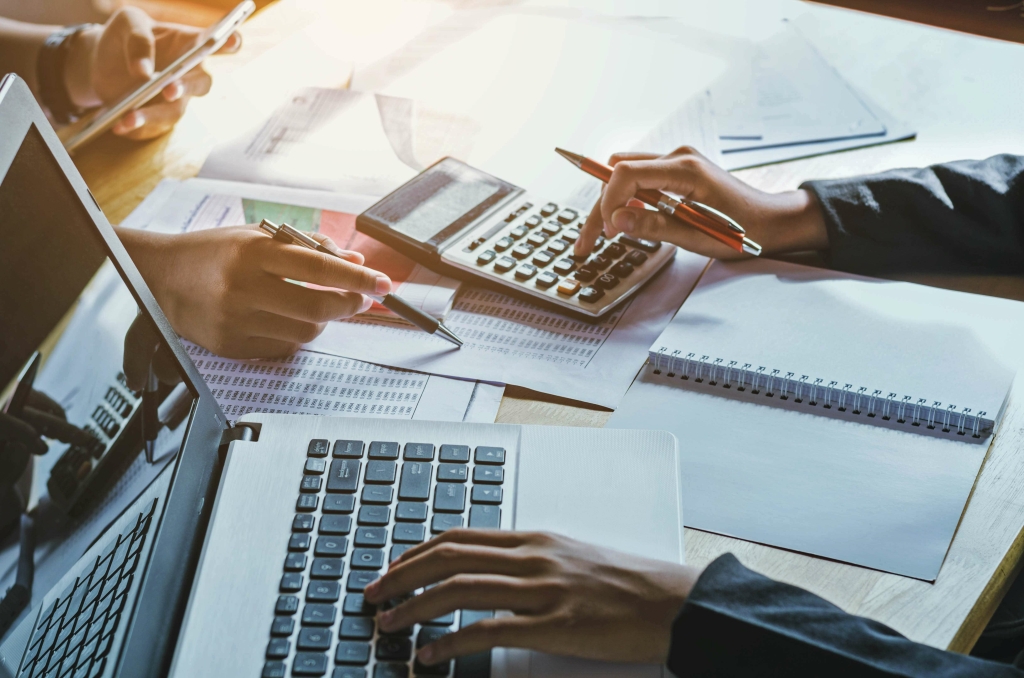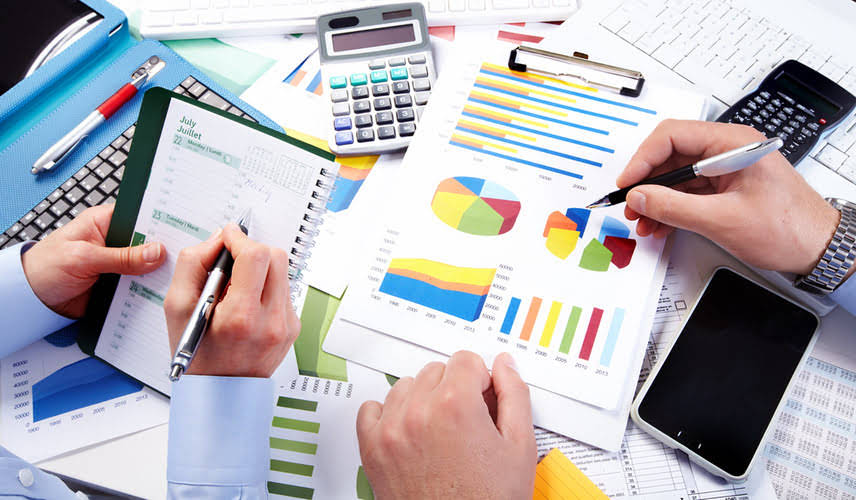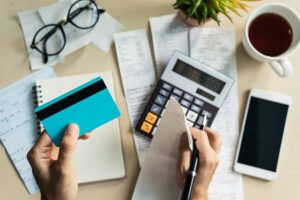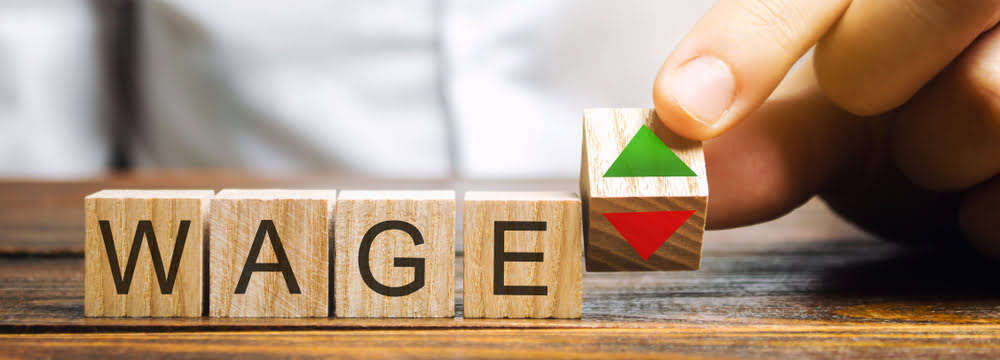
Depreciation is a process of deducting the cost of an asset over its useful life.4 Assets are sorted into different classes and each has its own useful life. Depreciation is technically a method of allocation, not valuation,5 even though it determines the value placed on the asset in the balance sheet. An expense reported on the income statement that did not require the use of cash during the period shown in the heading of the income statement. balance sheet Also, the write-down of an asset’s carrying amount will result in a noncash charge against earnings.
Implications for Business Owners

Understanding the factors that influence this choice will help you make informed decisions as a business owner. Examining the details of depreciation expense reveals its definition, practical applications, and effects on a company’s financial performance. The distinction between depreciation expense and accumulated depreciation becomes clear, highlighting the benefits of this accounting practice for businesses. The depreciable cost must be determined before the end of the first year of the asset’s life when a depreciation schedule needs to be created. I recommend consulting with your CPA or financial advisor regarding depreciation of newly-purchased assets.
Sum-of-years-digits method
A current asset whose ending balance should report the cost of a merchandiser’s products awaiting to be sold. The inventory of a manufacturer should report the cost of its raw materials, work-in-process, and finished goods. The cost of inventory should include all costs necessary to acquire the items and to get them ready for sale.

DDB is an Accelerated Method of Depreciation
Each method has its advantages and is suited to different types of assets or business situations. For example, if you purchase a new delivery truck for $50,000 and spend $2,000 on registration and customization, the total asset cost would be $52,000. While depreciation applies to tangible assets like machinery and buildings, amortization applies to intangible assets, such as patents or copyrights. However, before putting an asset into operation, the business must decide whether or not the item, after its useful life, will be likely sold and what the salvage value might be. Suppose an asset has original cost $70,000, salvage value $10,000, and is expected to produce 6,000 units. Depletion and amortization are similar concepts for natural resources (including oil) and intangible assets, respectively.
What Is Depreciation in Business?
Recognizing which assets are subject to depreciation ensures that your business’s financial records accurately represent the value of your assets over time. This knowledge empowers you to make informed decisions about asset management, tax planning, and overall financial strategy for your business. It reports an equal depreciation expense each year throughout the entire useful life of the asset until the asset is depreciated down to its salvage value. In this method, the depreciation expense is determined by deducting the residual value from the actual cost of the asset and dividing it by the productive life of the asset. Each year, $10,000 would be deducted from the equipment’s value on the balance sheet and recorded as an expense on the income statement.

Depreciation and Taxes
- This is the expected value of the asset in cash at the end of its useful life.
- For example, the estimate useful life of a laptop computer is about five years.
- The difference between the debit balance in the asset account Truck and credit balance in Accumulated Depreciation – Truck is known as the truck’s book value or carrying value.
- These financial relationships support our content but do not dictate our recommendations.
In other words, the depreciation on the manufacturing facilities and equipment will be attached to the products manufactured. When the goods are in inventory, some of the depreciation is part of the cost of the goods reported as the asset depreciation expense definition inventory. When the goods are sold, some of the depreciation will move from the asset inventory to the cost of goods sold that is reported on the manufacturer’s income statement.
Straight Line Method
Deductions are permitted to individuals and businesses based on assets placed in service during or before the assessment year. Canada’s Capital Cost Allowance are fixed percentages of assets within a class or type of asset. The Accounting for Churches fixed percentage is multiplied by the tax basis of assets in service to determine the capital allowance deduction.
- Depreciation is technically a method of allocation, not valuation,5 even though it determines the value placed on the asset in the balance sheet.
- For assets you expect to use for their entire lifespan, a straight-line method could be more appropriate.
- The formula to calculate the annual depreciation is the remaining book value of the fixed asset recorded on the balance sheet divided by the useful life assumption.
- Then, we can extend this formula and methodology for the remainder of the forecast.
- Depreciation can be a powerful tool for businesses to spread the cost of an asset over its useful life, offering tax, accounting, and financial planning advantages.
Everything You Need To Master Financial Modeling

To illustrate the cost of an asset, assume that a company paid $10,000 to purchase used equipment located 200 miles away. The company will record the equipment in its general ledger account Equipment at the cost of $17,000. These assets are often described as depreciable assets, fixed assets, plant assets, productive assets, tangible assets, capital assets, and constructed assets.



